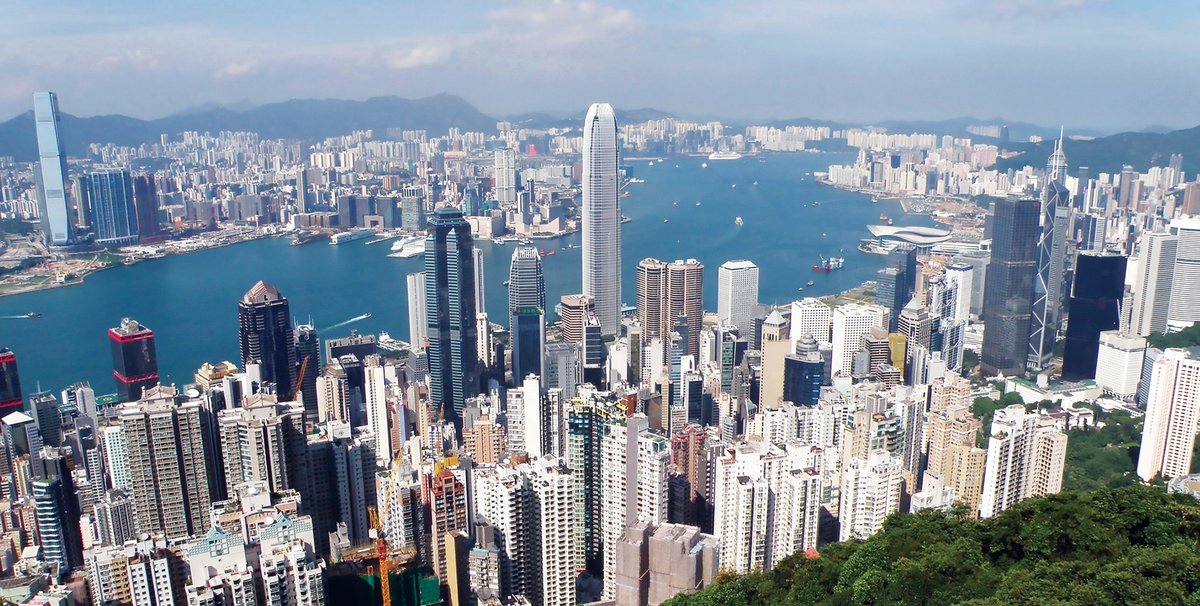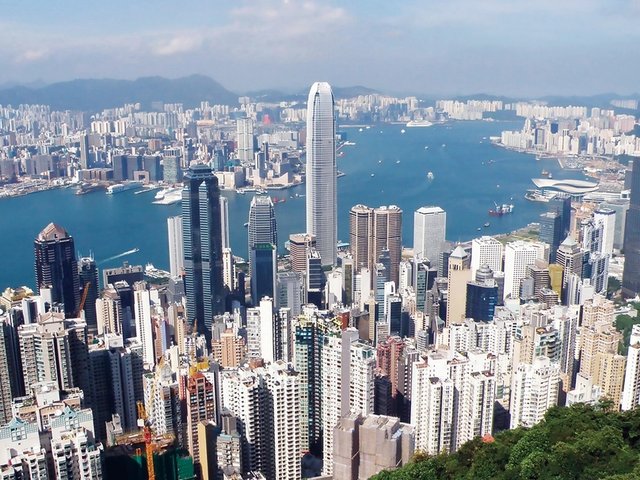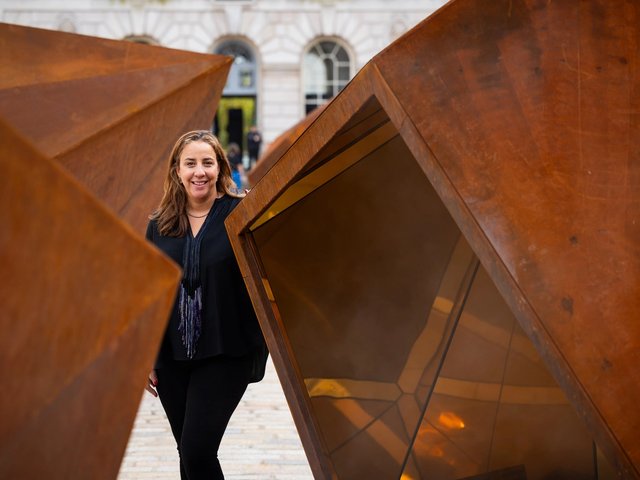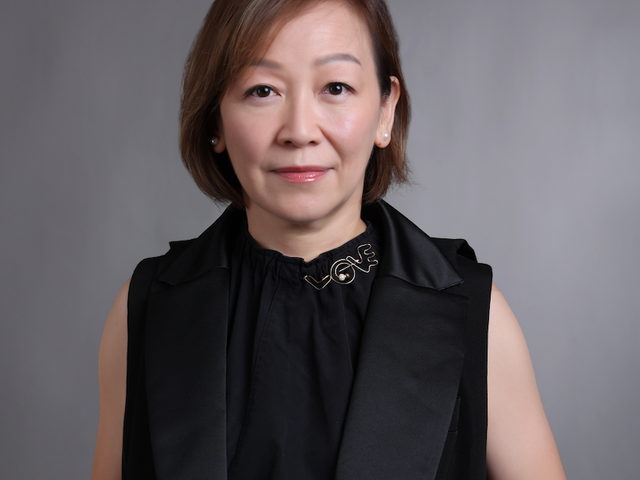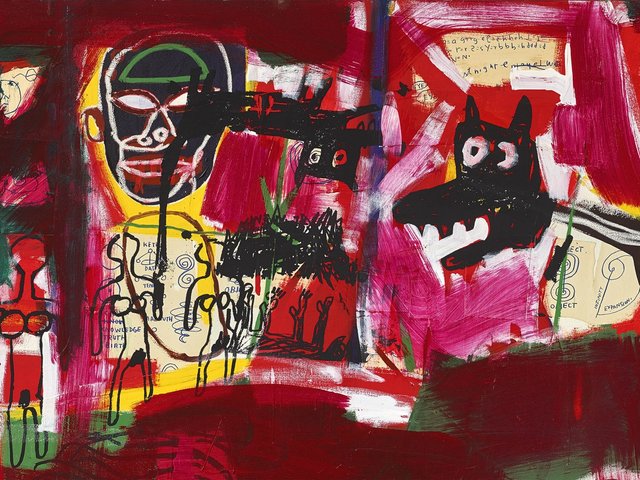The coming edition of Art Basel in Hong Kong (23-25 March) takes place during a watershed moment for the Asian art market. While the Western art market has been marred by a fall in consignments, financial headwinds and by the political and economic shock-waves caused by Brexit and the US presidential election, the art world in the far East had a much smoother 2016.
“Our Hong Kong consignments are only down 12% on last year, much less than the global average,” Christie’s global president Jussi Pylkkanen said late last year, while Phillips held its first 20th-century, contemporary art and design sale in its Hong Kong auction room in November, which totalled at just under $50m (with fees), with a solid 82% of lots sold.
Christie’s, Sotheby’s and Phillips have all tacitly acknowledged the importance of this market by rescheduling their February auctions to avoid clashing with the Chinese New Year. “You cannot underestimate the importance of Asian buyers at auction and increasingly as consigners too,” says Matt Carey-Williams, Phillips’ deputy chairman of Europe and Asia.
This year, Art Basel in Hong Kong includes 242 galleries and a new section called Kabinett, which will present 19 curated solo and thematic exhibitions and projects, including Galerie Gmurzynska, which is bringing a number of early works by Christo. For its appearance at the fair, the newly formed Lévy Gorvy gallery (formerly Dominique Lévy and now bolstered by the arrival of Brett Gorvy, the former head of contemporary art at Christie’s), is bringing a varied selection of works by artists including Pierre Soulages, Carol Rama and Donald Judd, and by Korea’s leading Dansaekhwa artists Lee Ufan and Chun Sang-Hwa.
Hong Kong’s art scene is perpetually on the edge, says artist Adrian Wong. “I feel like Hong Kong for 11 years has always been prepared for, but on the cusp of, blossoming, bracing for the next big thing,” as the major cultural projects of West Kowloon Cultural District, M+ and Central Police Station postpone their launches. Despite the city having a strong artist and collector base, the delays slow it down “institutionally, and from a global framing”, Wong says.
Born in 1980 in America, Wong this week opens a solo show at K11’s chi art space, (20 March-29 April). The Tiger Returns to the Mountain refers to the erstwhile concrete feline of the city’s Tiger Balm Gardens. Wong says that the uncertainty cultivates cautiousness in the city’s art scene. “It makes sense for people to play it safe. Once the great hope is realised, we all will heave a sigh of relief, it’s like a slow drip,” he says. Central Police Station was “ready to open [last year] and then the roof caved in. It’s a weird comedy of perpetual delay”.
Hong Kong contemporary art is “quite vibrant and exciting, there is a lot that is fantastic”, Wong adds. From none in 2005, he estimates that the city now has around 100 successful artists, with “40 to 50 that I’m excited by. For a city of this size, it’s not bad”. The 2008 launch of the art fair ArtHK, relaunched as Art Basel in Hong Kong in 2013, “made us first understand art as a commodity, and was the first whiff of possibly being an artist, not a florist who paints at night”.
Support comes from “great collectors [who] are pretty hands-on and collect deeply”, including Hallam Chow, William Lim, Yana Peel and Adrian Cheung, Wong says. From mainland China, collectors in nearby Southern China buy Hong Kong art, as does Nanjing’s Sifang Art Museum. The distinct Hong Kong identity “is something that has plagued artists: most commercially successful artists have quieted their identities… Prior to the umbrella stuff [yellow umbrella work that was a symbol of the pro-democracy protests in 2014], people in the world were unaware of Hong Kong.”
The city has attracted global blue-chip galleries including White Cube, Gagosian and Ben Brown, but created only a handful of homegrown spaces. “Para Site has been so great for so long. I love what Mimi Brown and Christina Li have done at Spring [Workshop]—it’s sad that it’s closing” (though the non-profit space was always intended as a temporary project). The galleries “that do exist are doing exciting things”, says Wong, highlighting Edouard Malingue Gallery, Gallery Exit and Empty Gallery.
The ongoing uncertainty is one reason for the small ranks, he says, along with how initial trailblazing local galleries got “carried away, and took too many risks: they were not commercial enough, and too antagonistic to the status quo”. Art Basel and global galleries opening in Hong Kong have since provided a “blueprint” for local dealers, Wong says, while non-profits benefit from “the excitement without the survival pressure”.
For artists, “the [high] cost of living is something that sounds like more of a barrier than it is”, forcing artists to be “quite ingenious”. The rent, Wong says, “pays for itself in the kinds of people I have access to in Hong Kong—here I can have an engine fabricator, my neon guy, or a guy that specialises in creating barbershop poles”. He says “it takes stubbornness and weird-headed-ness” to “find one of these unicorns”, who form part of Hong Kong’s enduring eccentricity.
Wong describes how, even in the gentrified areas, “there is always some little shop on the ground level with a 90-year-old lady selling hand towels. Yes, it is a financial capital, but families are willing to write off $HK100,000 ($13,000) a month so that grandma can chat while selling Snoopy towels”.


